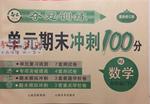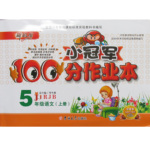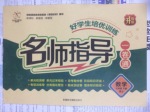题目内容
These years, more students have gone abroad to study, but some of them seem unable to _________, so they have to quit.
- A.stick out
- B.hang out
- C.fit in
- D.participate in
C

练习册系列答案
 夺冠训练单元期末冲刺100分系列答案
夺冠训练单元期末冲刺100分系列答案 新思维小冠军100分作业本系列答案
新思维小冠军100分作业本系列答案 名师指导一卷通系列答案
名师指导一卷通系列答案
相关题目